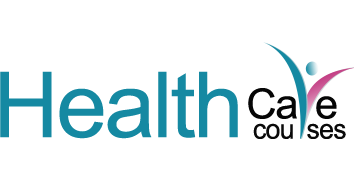Home / " in the title.
"Master Your Healthcare Career with Level 7 C
Visit our course page to learn more about this course at:
Healthcare Level 7
